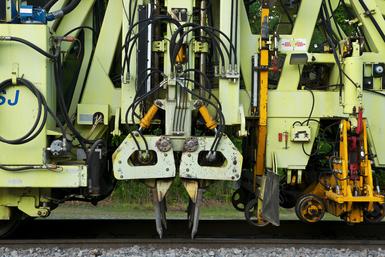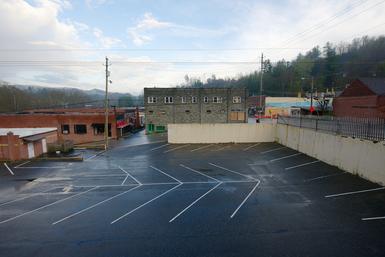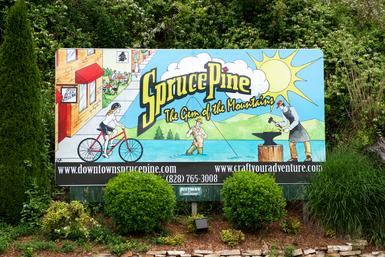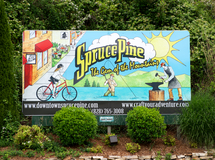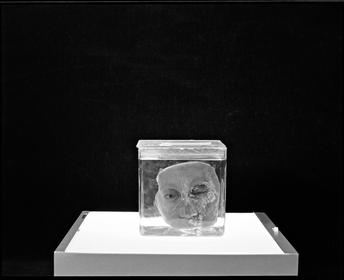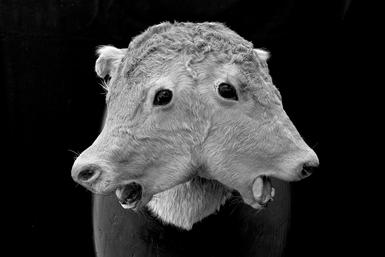Back at Penland
I am back at Penland School of Crafts near Spruce Pine in North Carolina. I am co teaching with Christopher Benfey for the second time. We are teaching a class called Word/Image where we hope for students to become better writers and photographers and to integrate words with their photographs. This tends to break down to photographers working to write better and writers working to photograph better.
If you don't know of Penland I think of it as about the best place imaginable to study the arts. Take a look at the site: here.
Our class is two weeks and tends to go 24/7 in that there are lectures, presentations, and field trips. At the end there is a show and tell where all the workshops get to show what they've made. This is an immersive experience for all of us and takes some adaptation to give yourself over to it. The rest of your world tends to fade away as days are long and the work is hard. Instructors are often working on projects of their own during the time they are teaching and since Chris and I are here teaching the class together we plan on collaborating on a project together. Last time I worked on becoming a better writer and plan to do that this time as well. Like photography, writing benefits from writing more. Hopefully you readers are the beneficiaries.
•••
I am concluding this piece here a couple of weeks later. I am on Martha's Vineyard with friends and family, photographing and enjoying a most beautiful place in mid June.
The Penland experience was intense for us all and both Chris and I felt the workshop did go well. During the second week we spent three sessions looking at work of mine, the three years of work I have done of the small town of Spruce Pine. Chris and I set it up that we would have a conversation between the two of us, but then invited students to join us in looking over the work. We started with 2012, the first year I taught at Penland. I get up early, corral a few students, we drive to Spruce Pine, get coffee at "DT's" and then get to work for an hour before heading back up to the school for breakfast at 8:15 before class starts at 9.
Every day.
Rain or shine and sometimes with no students as this can get monotonous. For about an hour we looked at the work from that first year, talked about principles used, theory applied and my practice. Students would join in around the table. The prints are 22 x 17 and made probably with the Nikon D800E as I don't think the D810 was available yet.The D800E was not my favorite camera but there is no doubt it made an excellent file, particularly hand held.Not up to current standards, but this was six years ago, after all.
At any rate, Chris's perspective on it and his broad experience reviewing art contextualized my work very well and his growing sophistication in photography itself allowed us to set the bar high. I've never been in a better place looking at my work than those three days of looking at my Spruce Pine pictures. Thanks to Chris, but also to students Donna, Greg, Sara, Richard, Bob, Jan, Karen, Sadie, Carol, Luke, and of course, Mercedes, our studio assistant, who is simply the best.
Thinking of taking a class? Take a look at Penland, a most wonderful place: here
